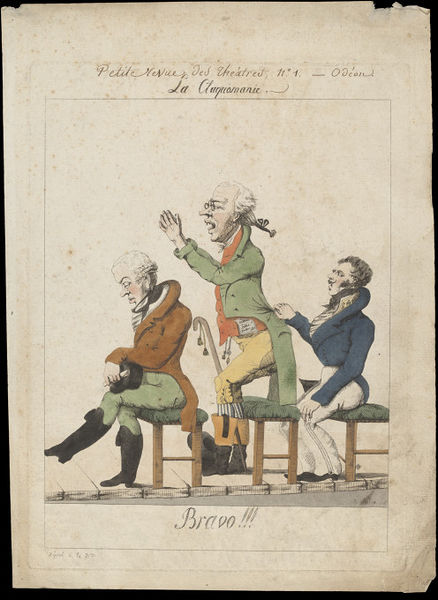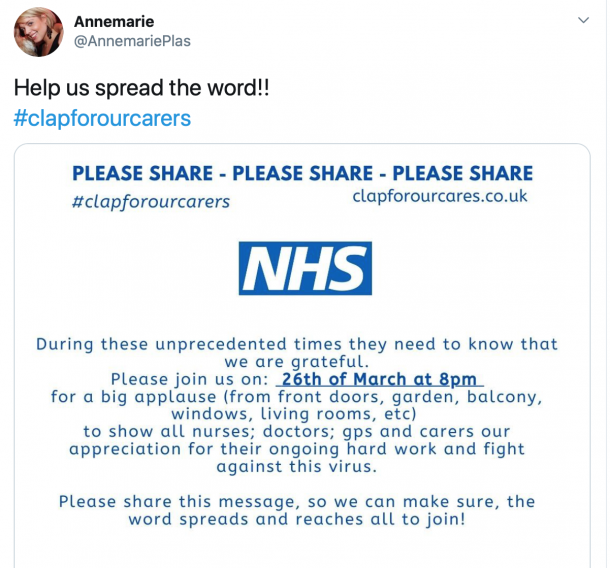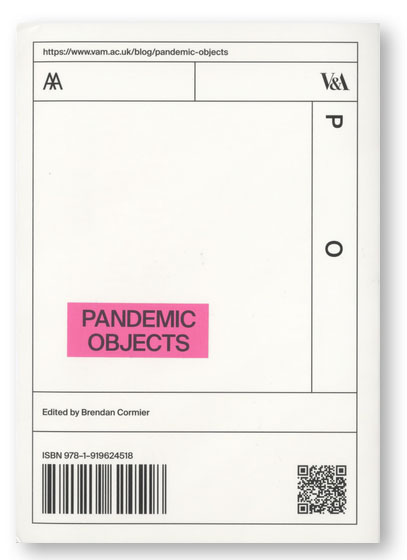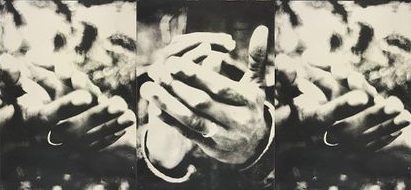In high school I became obsessed with Steve Reich’s composition Clapping Music (1972). It was introduced by a clever teacher who instinctively knew his music students would keep busy with the piece for a good hour, while he could enjoy his newspaper (ear plugs in place). The work involves two groups clapping the same simple rhythm of 123-12-1-12; it evolves however when the second group delays the rhythm by one beat creating unexpected syncopations. This delay occurs systematically, over and over again, until finally the two groups find themselves together in unison again.
The brilliant thing about Clapping Music is that it reminds us that clapping is itself a performance. Something to be listened to and observed as music in its own right. In an audience, it’s a performative response to the performers, acknowledging their work, which – like the performance – contains within it varying levels of authenticity and affect. How many times have you, for instance, found yourself clapping, not because you really meant it, but just to be polite?

Such a performance – tending to the more genuine variety – took on an epic quality during the lockdown, as across the UK every Thursday at 8pm people stood on stoops, ventured out onto streets, or leaned out windows to clap in support of the NHS. While the idea for such an intervention had already begun in other European countries where lockdowns had had a few weeks head-start, it was proposed in the UK in late March by Annemarie Plas – a Dutch woman living in London who had heard of a similar initiative in the Netherlands – over social media under the title ‘Clap for our Carers’. It soon became a national ritual, news of which spread rapidly online with news broadcasters dutifully reminding the public of the regularly occurring event. Politicians and celebrities added to the mix by not only clapping but filming and photographing themselves clapping and sharing said media online, along with millions of others.

If you’re like me, you were probably genuinely moved by the first instance of Clap for our Carers. After so much isolation, hearing your street erupt in noise, and knowing the same thing was happening a block away, a neighbourhood away, a city away, as well as the other end of the country, was enough to make you cry. But as the intervention dragged out over the weeks, criticism was rightly raised and fatigue set in. Critique was largely aimed at a perceived hypocrisy in the politicians who had mishandled the lockdown and left the NHS ill-prepared for the crisis. Gradually clapping became less and less. By the end of May, Annemarie Plas was calling to end the intervention with one last hurrah, which took place on the 28th.
Filmmaker Alice Doušová who worked with the V&A on films for our exhibition Cars: Accelerating the Modern World, came up with the idea of capturing the moment by taking her camera to the streets to film the clapping in neighbourhoods around North and East London. Even with just one month’s separation from the events, what is remarkable when looking at the film is how the moment already seems strange and uncanny. In a split-screen montage, her camera tracks various streets scenes – from low-rise Victorian terraces to high-rise flats – recording a sense of the ubiquity of applause ringing out across the city. The film also captures the strange rhythm of the day that defined lockdown for so long. Starting with empty quiet streets, the film builds to a climax of noise and activity, and then – perhaps most unnerving of all – reverts back to the emptiness and isolation that has so characterized lockdown and the spring months of 2020. More than anything else, the film shows clapping as a tool for a momentary sense of conviviality, when such a feeling was in short supply.







